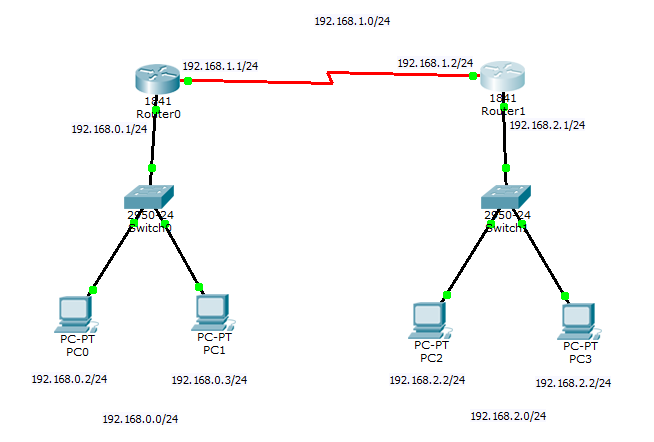Table of Contents
Encapsulation Definition
The sending and receiving of data from a source device to the destination device are possible with the help of networking protocols by using data encapsulation. The data is encapsulated with protocol information at each layer of the OSI reference model. Each layer communicates with its neighbor layer on the destination. Each layer uses Protocol Data Units (PDUs) to communicate and exchange information.
Download Free CCNA Android Apps from Playstore
For example, let’s say that you are browsing a website. The web server on which the website is hosted will create and encapsulate the application data with the Application layer headers. For example, the HTTP OK message will be stored in the header, followed by the requested content of the web page.
The encapsulated data will then be forwarded to the next layer, the Transport layer. The Transport layer will add its own header around the encapsulated data. In the case of the TCP protocol, this can be something like the source and destination ports or the sequence number.
The data will then be forwarded to the next layer – the Network layer. The Network layer will store the source and destination IP addresses in its header and forward the data to the Data Link Layer. The Data Link Layer is the only layer that uses both the header and trailer.
The data is then sent through a physical network link.
WAN Theory and LAB Configuration (Practical)
De-Encapsulation
On the destination side, the receiving devices will synchronize on the digital signal and extract the 1s and0s from the digital signal. At this point, the devices build the frame, run a Cyclic Redundancy Check (CRC), and then check their output against the output in the Frame Check Sequence (FCS) field of the data frame, and the frame is discarded. This process is known as de-encapsulation. The packet then transfers to the Network layer., where the IP address is checked. If the IP address matches then the segment is pulled from the packet, and the packet is discarded. The data is processed at the Transport layer that rebuilds the data stream ad acknowledges to the transmitting station that it received each piece of the segment. It then happily transfers the data stream to the upper layer application.
DE capsulation
The tern de capsulation describes a process of removing headers and trailers as data passes from a lower to the upper layer. This process transpires on a computer that is receiving data.
Solve Quiz and become an expert in networking.
Online Surveys – Earn Real Money by Online Surveys
Kids Books – 10+ books for Kids | Age group 2 – 10 | Improve knowledge & Productivity




